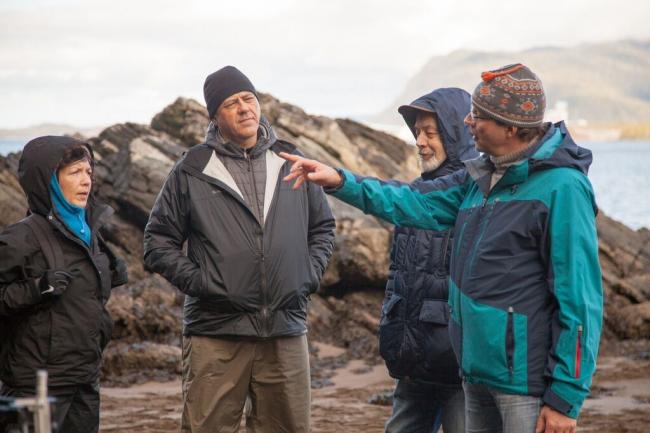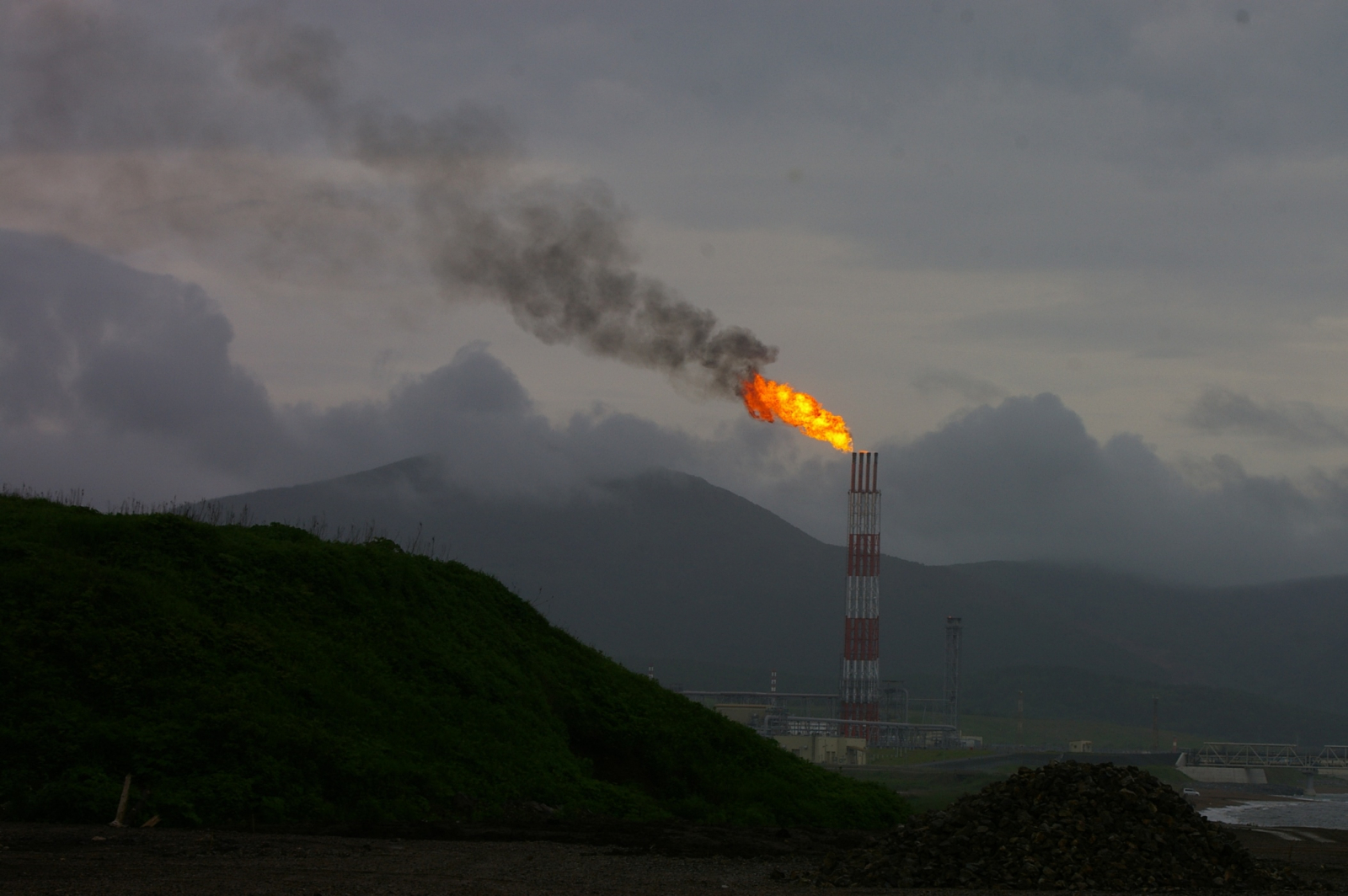Articles Menu

The pink salmon runs in Aniva Bay, once among the largest in the world, collapsed after Shell built its LNG facility on the Russian island of Sakhalin in the late '90s.
Lisitsyn said that the proposed Pacific Northwest LNG plant for Lelu Island in B.C. is liable to have a much larger impact on the salmon as it sits right on top of the most critical salmon habitat in the Skeena estuary.
He's part of a delegation of visiting Russian scientists to B.C. who are warning of the potential damage the Pacific Northwest LNG project might cause to the salmon spawning grounds near Lelu Island.
“It is absolutely clear that Lelu Island is the worst location for such a facility,” Lisitsyn, director of Sakhalin Environment Watch, told National Observer Tuesday after visiting the site.
Lisitsyn is one of three scientists in B.C. at the bequest of a number of northern First Nations and community groups in the Skeena region.
The scientists have previously studied the only LNG facility in Russia, the Sakhalin II LNG project, and have been sharing their research with communities, town councils and watershed groups throughout northern B.C.
 The Sakhalin Island LNG plant in Russia. Photo courtesy of Dimitry Lisitsyn
The Sakhalin Island LNG plant in Russia. Photo courtesy of Dimitry Lisitsyn
Construction on the Sakhalin Island LNG plant started in 2003, with production beginning in 2009. The Russian plant includes three offshore oil and gas platforms, 800 kilometres of pipeline, the LNG plant on the island’s south side and LNG and oil export terminals.
The construction of the plant damaged spawning rivers and marine life with landslides and mud flows. It harmed populations of scallops, crabs and sea cucumbers, among others, and decimated a smelt fishery.
Lisitsyn warns the damage to B.C.'s Skeena estuary spawning grounds could be far worse.
He likened the estuary to a border, where all the salmon juveniles and adults swim through continuously.